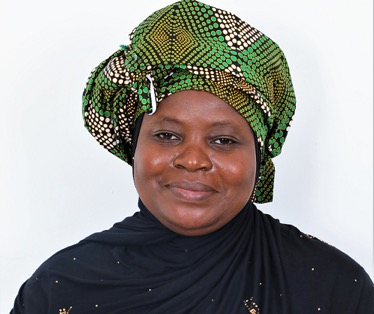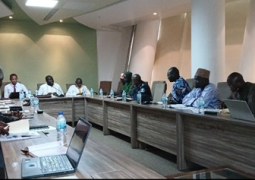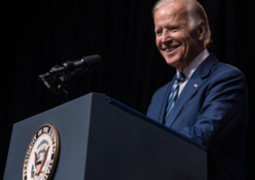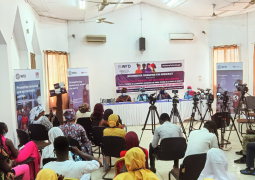
The minister revealed this in a press conference held at her ministry’s conference room on Kairaba Avenue. She said the official names of the protected areas will be determined in the regulation.
She further stated that The Gambia is home to more than 75 species of mammals, 47 species of reptiles and 30 species of amphibians making a total of 152 species of wild animals. She added that more than 70% of the species are listed in the International Union for Conservation of Nature (IUCN’s) Red List of Threatened Species. She said The Gambia is also endowed with a rich avifauna estimated at a total of over 570 bird species.
“The establishment of protected areas is considered as the most cost-effective means for conserving gene species, habitats, and ecological processes, and is also considered as one of the most important on-site tools for biodiversity conservation,” she revealed.
She affirmed that the government of The Gambia signed the Convention on Biological Diversity (CBD) on the 12th of June 1992 and ratified it on the 10th of June 1994. She added that the CBD promotes the creation and effective management of protected areas, saying the National Biodiversity and Wildlife law was legislated in 2003 to respond to this urgent need.
In response to international environmental obligations, Minister Manjang further noted that the government of The Gambia wishes to strengthen its commitments to the CBD, the Convention of International Trade in Endangered Species of Wild Fauna and Flora (CITES), and the Convention of Wetlands of International Importance (RAMSAR). In fulfilment of these commitments, she said, from 1963 to 2020, a total of 23 protected areas have been established covering an area of more than 96 thousand hectares.
This, she stated includes approximately 8.06% of the intended 10% of the entire land area under protection; and a biosphere reserve covering 196.750ha of The Gambia’s land area which are all under formal protection.
“The government of The Gambia, through the United Nations Environment Programme (UNEP) has secured financial aid from the Global Environment Facility (GEF), to implement the project entitled: GEF-6 Land/Seascape Planning and Ecosystem Restoration Project. The objective of the project is to create an enabling environment for The Gambia in building national capacity to lead the reform of land use and marine spatial planning policies and facilities.”
Minister Manjang further indicated that the development of a process framework for the establishment of the Kartong/HAllahein Marine Protection Area in WCR, and four Indigenous Community Conserved Areas (ICCAs) in CRR North is a key milestone in achieving the project’s objectives and national efforts in conserving the remaining flora and fauna of the country.





